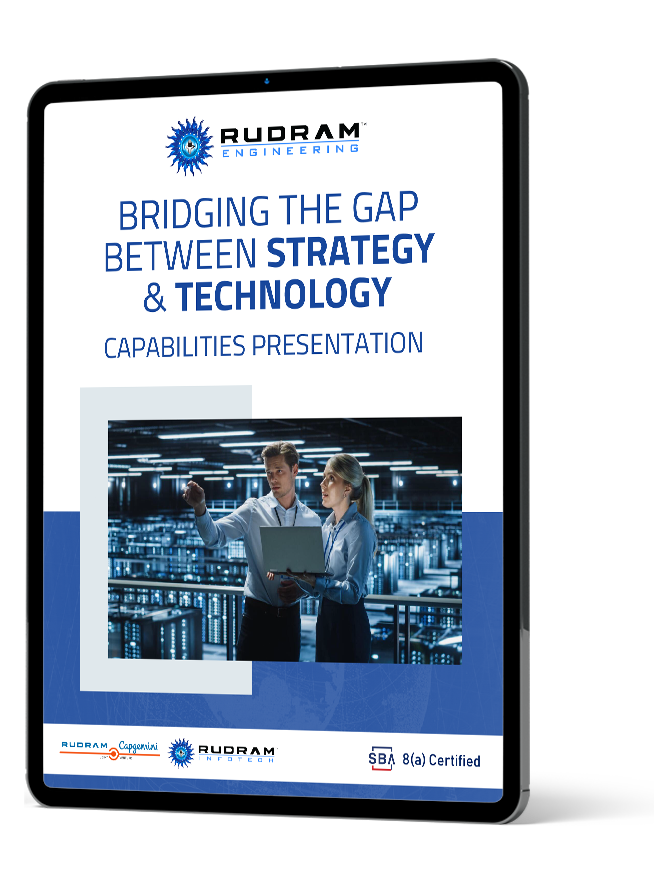In today’s hyperconnected world, IT companies are under growing pressure to deliver reliable, scalable, and secure systems faster than ever before. Traditional on-premises infrastructure built around static hardware, complex maintenance cycles, and siloed workflows cannot meet these demands. This is where cloud computing becomes more than a hosting solution: it becomes the foundation for IT modernization and enterprise-wide digital transformation.
Cloud adoption is fundamentally reshaping how IT organizations design, build, and manage software and systems. The shift isn’t just about cost savings, it’s about enabling software-defined agility, full-stack automation, secure delivery pipelines, and scalable innovation. Let’s explore how and why leading IT companies are architecting their future on the cloud.
Modern software development is no longer constrained to local environments or static infrastructures. Agile teams require the ability to test, deploy, and iterate applications rapidly often in distributed environments.
Cloud platforms offer:
By provisioning infrastructure as code and leveraging CI/CD systems hosted in the cloud, teams can version, test, and deploy infrastructure and software artifacts side by side. This tightly-coupled development and operations model drives speed without sacrificing security or reliability.
One of the key drivers for cloud migration is the ability to automate infrastructure provisioning and management using code-based definitions. Infrastructure as Code (IaC) tools such as Terraform, AWS CloudFormation, and Azure Bicep allow IT teams to treat infrastructure the same way they treat application code.
With cloud-native platform engineering, IT companies can:
This approach not only improves consistency across environments but also accelerates onboarding, scaling, and rollback procedures core elements of IT modernization.
Security is no longer a post-development concern. As threats evolve and systems grow more complex, embedding security into the software lifecycle DevSecOps has become a technical necessity.
Cloud adoption allows IT organizations to integrate:
With DevSecOps in the cloud, policies become programmable, and security becomes scalable automated checks and balances across every commit, deploy, and runtime operation.
Legacy monolithic applications limit scalability and introduce bottlenecks in both performance and development velocity. The cloud enables IT firms to re-architect legacy software into modular, scalable, and fault-tolerant systems.
Through microservices and containerization, cloud platforms allow:
This microservice-based modernization enhances resilience, maintainability, and release agility key pillars of digital transformation.
As infrastructure and applications become distributed across services and geographies, traditional monitoring systems fail to provide actionable visibility.
Cloud platforms enable:
Operational intelligence isn’t an add-on it becomes a fundamental component of how systems behave, scale, and self-heal. This level of insight drives faster resolution, improved uptime, and more efficient capacity planning.
For IT companies managing large-scale, interconnected systems (such as enterprise software platforms or SaaS ecosystems), Model-Based Systems Engineering (MBSE) offers a disciplined approach to system architecture, integration, and lifecycle management.
By integrating MBSE into cloud modernization strategies, organizations can:
This systems-level thinking reduces risk and increases confidence during transformation initiatives.
Pay-as-you-go models require disciplined efficiency. Rudram Engineering drives savings via:
Industry data shows cost reductions up to 30–50% cost savings, but require rigorous governance
Cloud adoption is not just a reaction to changing IT trends, it is a strategic enabler of modern engineering practices, digital innovation, and operational resilience. For IT companies, moving to the cloud means transforming rigid infrastructure into programmable platforms, modernizing monoliths into microservices, and embedding security, automation, and intelligence across the stack.
The cloud is no longer the destination. It’s the new foundation.
Rudram Engineering empowers IT companies to modernize their infrastructure and operations through secure cloud adoption, DevSecOps integration, MBSE, and custom software engineering.
Contact us today to accelerate your digital transformation journey.

Rudram Engineering Inc. (REI) is a well-known pioneer in software systems engineering, recognized for its creative solutions and the latest cutting-edge technologies. By focusing its resources on developing cloud-based technologies, REI further employs the power of DevSecOps to build security into the software development life cycle. The company also adopts Agile software development methodologies to be flexible, effective, and quick in delivering quality software solutions. Rudram Engineering Inc. is a name that epitomizes quality with innovation; it establishes new yardsticks in the industry with solid, scalable solutions that meet the dynamic demands of engineering.
As software becomes more complex, the need for thorough testing increases. In 2025, advancements in automated testing, AI-powered testing tools, and continuous quality assurance are expected to play a major role in ensuring reliable software delivery.
Actionable Insight: Thorough testing is essential to ensure that your software meets customer expectations and performs reliably. At Rudram Engineering, we employ comprehensive testing protocols to ensure every product we deliver is both robust and secure, minimizing bugs and maximizing customer satisfaction.
Rudram’s commitment to excellence, transparency, and customer satisfaction sets them apart. They maintain strategic partnerships to harness cutting-edge technologies and expand their capabilities, ensuring that clients receive the best possible solutions.
No-code and low-code platforms are gaining momentum as businesses seek faster, more accessible ways to develop software. These platforms allow individuals with little to no programming experience to build functional applications, reducing the time and cost of development.
Actionable Insight: Incorporating no-code or low-code platforms can speed up your application development, especially for simple or routine tasks. Rudram Engineering leverages these tools when appropriate to accelerate delivery without sacrificing quality or flexibility.